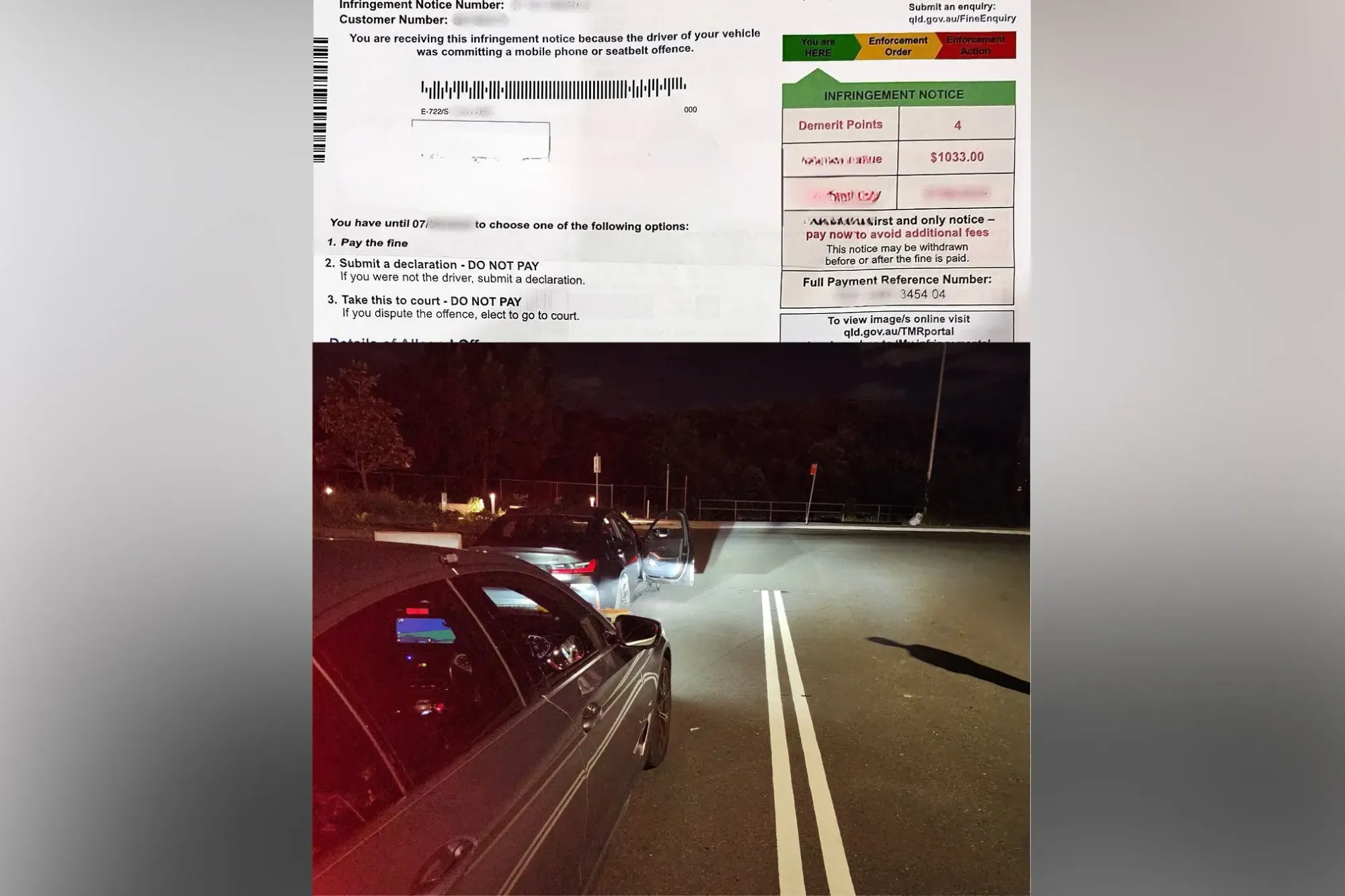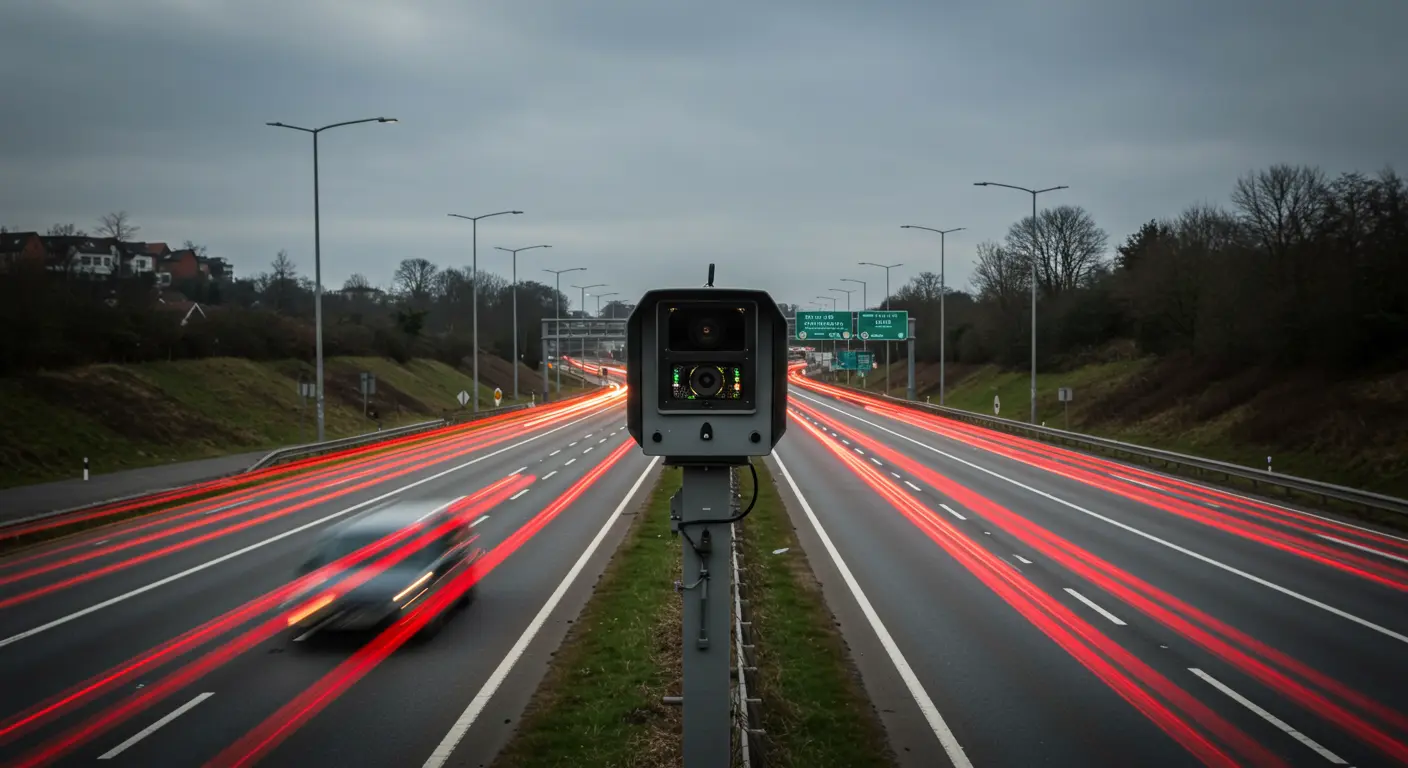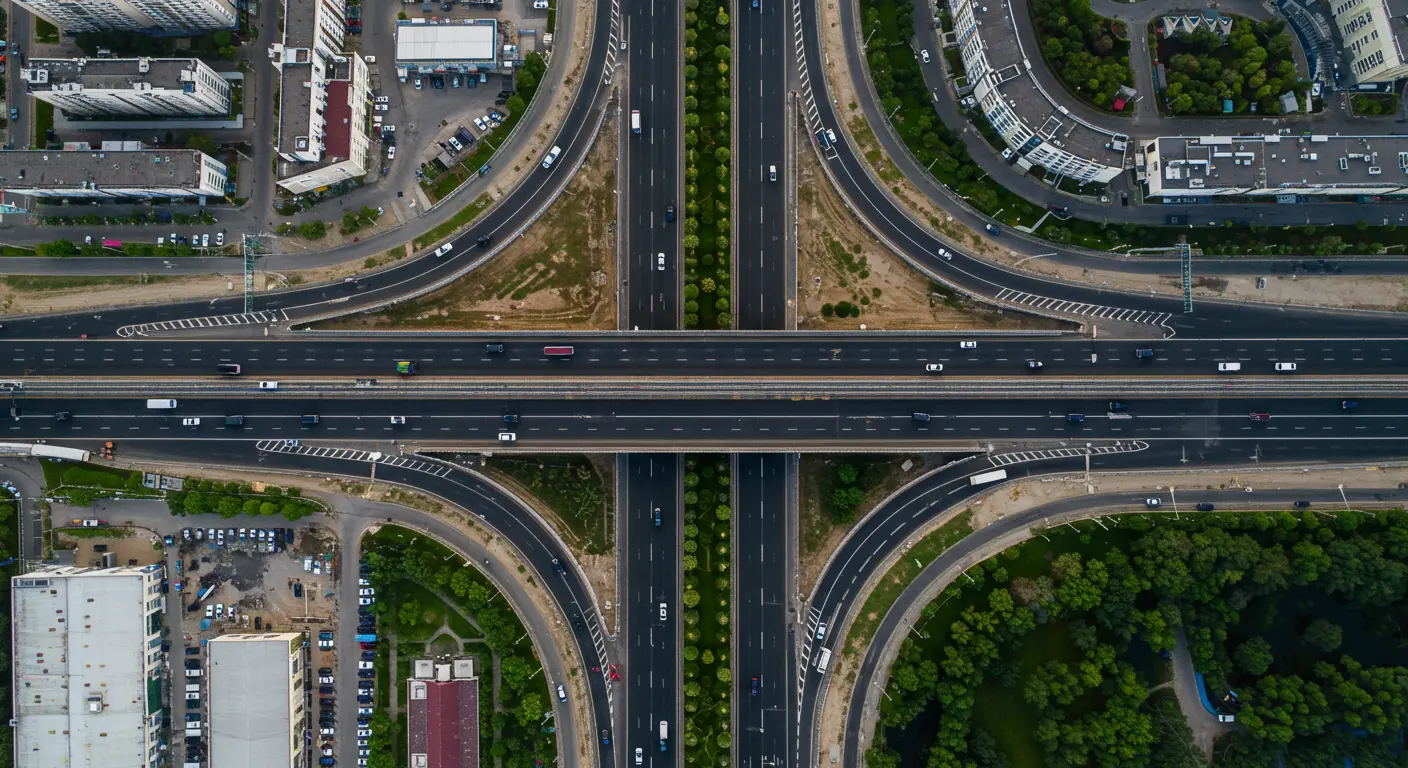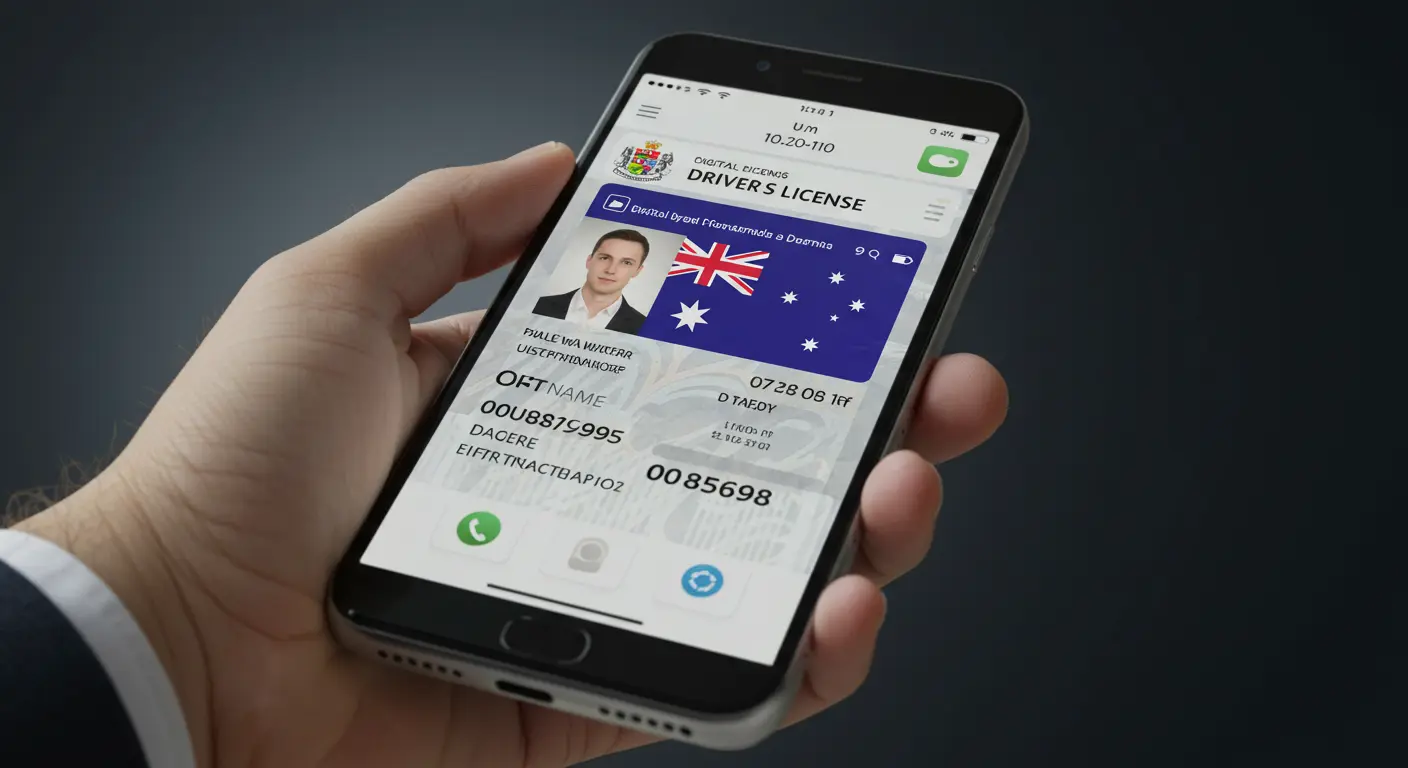From May 1, NSW drivers will face a significant shift in road safety enforcement, as average speed cameras on two major highways begin targeting light vehicles for the first time.
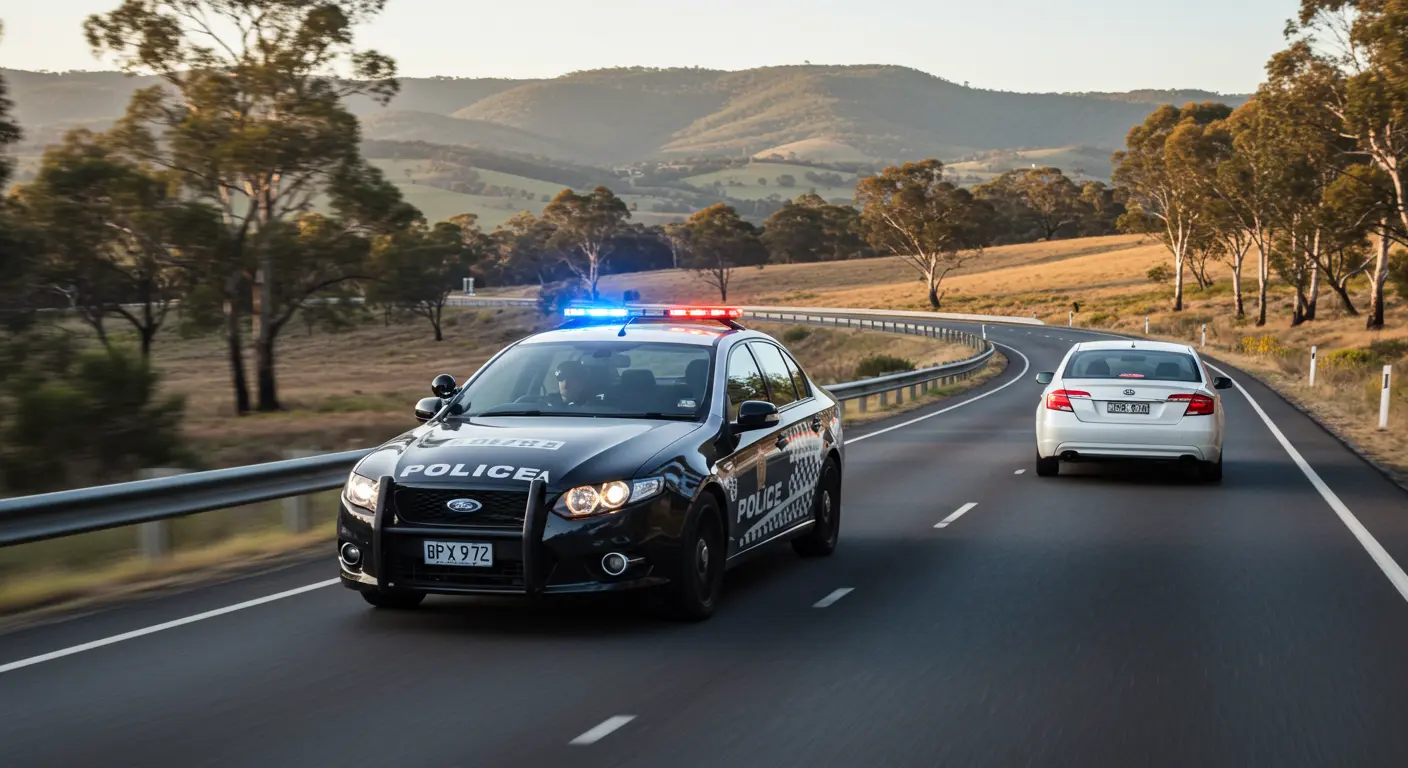
What’s Changing?
Currently, average speed cameras in NSW only monitor heavy vehicles such as trucks. That’s set to change, with light vehicles including cars, utes, and vans soon being included in the system.
The updated enforcement will apply to:
- A 15km stretch of the Pacific Highway between Kew and Lake Innes
- A 16km stretch of the Hume Highway between Coolac and Gundagai
Unlike fixed speed cameras, which record a vehicle’s speed at a single point, average speed cameras calculate a vehicle's speed over a distance, making it harder for motorists to avoid detection by slowing down temporarily.
Why the Update?
The NSW Government selected these two locations due to their troubling safety records. Between 2018 and 2022, the sites recorded:
- 6 fatalities
- 33 serious injuries
Crucially, nearly 80% of these incidents involved light vehicles, not heavy vehicles. These findings prompted the change to ensure broader enforcement.
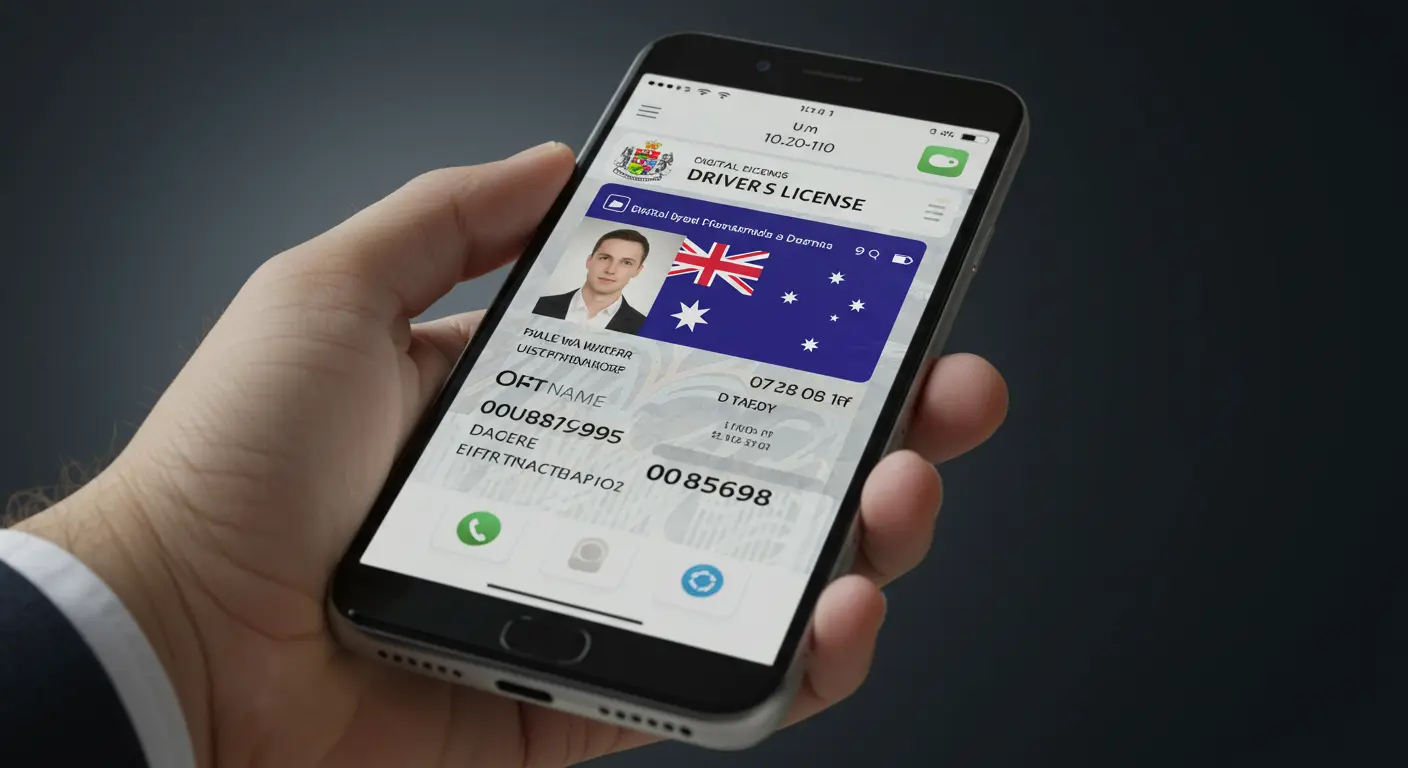
A Phased Introduction
The rollout includes a two-month grace period. From May 1 to June 30, drivers caught speeding will receive a warning letter, not a fine. From July 1, full enforcement begins, including:
- Fines for speeding
- Demerit points added to licences
Minister's Comments
Minister for Regional Transport and Roads Jenny Aitchison said the trial was vital for tackling the high rate of regional road trauma:
"Regional NSW is home to a third of the population but is where two-thirds of all road deaths happen."
"I know this trial will be a change, particularly for regional people who travel through the areas where these two camera lengths are in place, which is why we are committed to ensuring that the community is aware of what we are doing."
Bringing NSW in Line with Other States
NSW has been the only state where average speed cameras applied exclusively to heavy vehicles. This trial aligns NSW with Victoria, Queensland, and South Australia, where average speed monitoring applies to all vehicles.
Tasmania and the Northern Territory do not currently use average speed cameras.
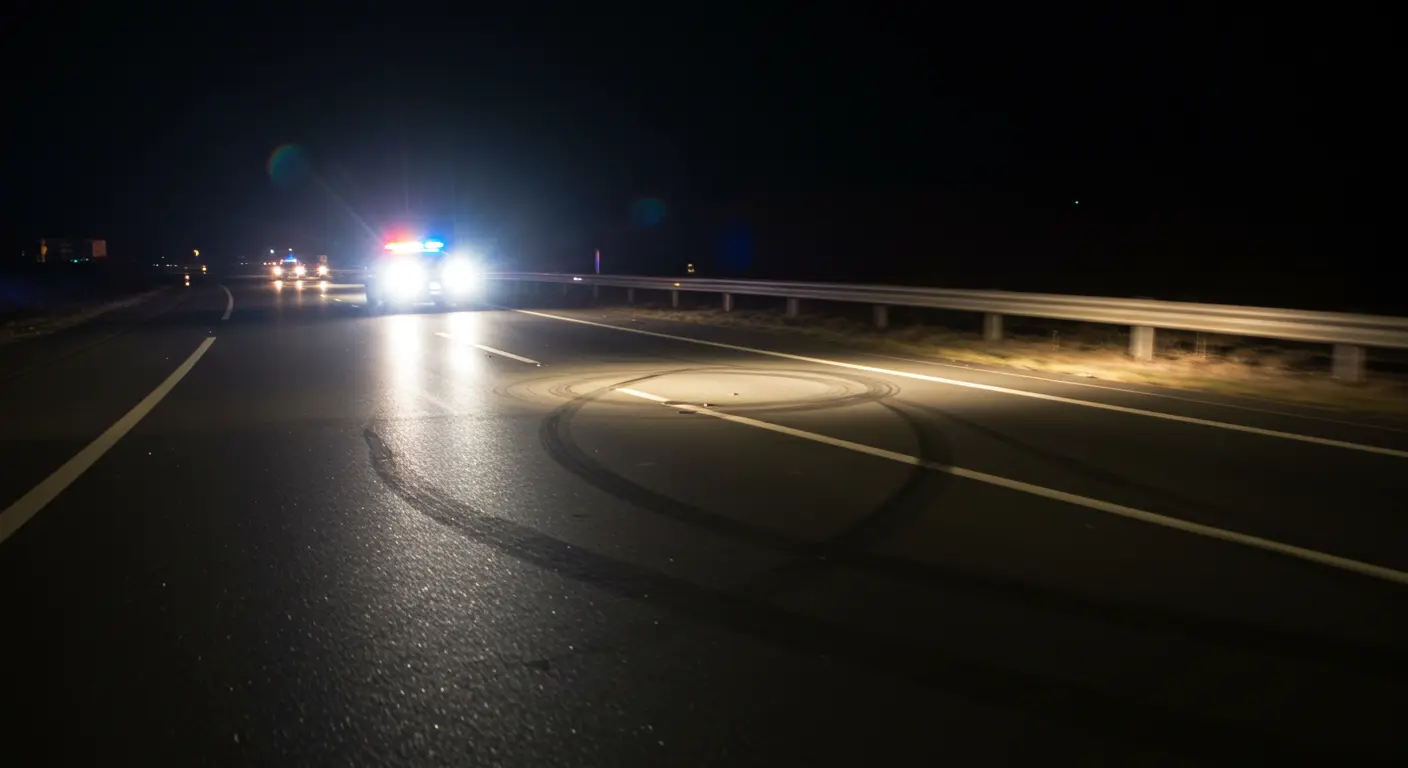
Communication Campaign
To prepare drivers, the NSW Government is rolling out a statewide information campaign using:
- Print and radio ads
- Social media
- Roadside electronic signs
- Mobile billboards
Looking Ahead
The trial will run for 14 months, and the NSW Government is expected to report its findings to Parliament in 2026. If successful, the model could be expanded to other high-risk areas.
Motorists are encouraged to check their speed and stay alert, particularly on the Pacific and Hume Highways, as this trial aims to save lives by curbing dangerous driving.

